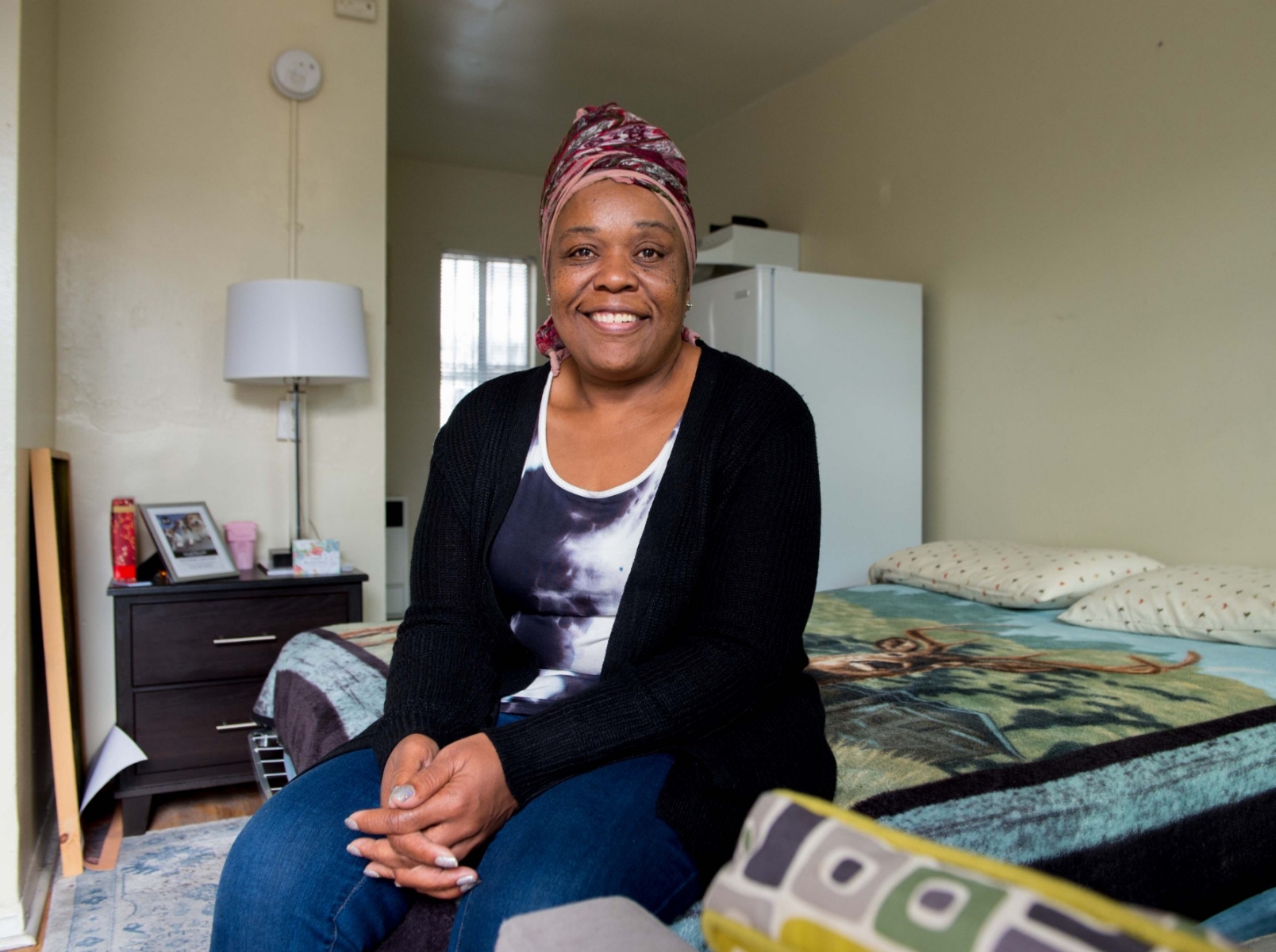OfTheCross
Veteran
Just in Reach Pay for Success Paid for Itself to a Large Extent
In October 2017, Los Angeles County initiated the JIR PFS program, and by September 2019 the program had enrolled 349 participants into permanent supportive housing. In the research report Just in Reach Pay for Success: Impact Evaluation and Cost Analysis of a Permanent Supportive Housing Program, RAND researchers estimated net county program costs of $6,202 per participant per year. The researchers found, with a 95-percent level of confidence, that between 42 percent and 113 percent of permanent supportive housing costs in the first year were offset by cost reductions in other areas.Although county service use varied substantially from participant to participant, the analysis shows that, on average, most of the program's costs were offset by a reduction in the use of other county services. It was not possible to capture all costs related to participants' use of county services, but the results indicate that permanent supportive housing may provide a feasible, cost-effective alternative for addressing homelessness among individuals with chronic health conditions who also are involved with the justice system in Los Angeles County.
Funding for JIR PFS and the broader permanent supportive housing programs has expired, and new funding hasn't been included in future Los Angeles County budgets. The RAND analysis, however, may buttress the case for further development of permanent supportive housing programs if policymakers are seeking successful, cost-effective approaches to addressing homelessness.
In terms of the services used by JIR PFS participants, the RAND researchers found reductions in use of jail services, both in absolute terms and relative to a comparison group that didn't take part in the program. The permanent supportive housing provided by JIR PFS was also associated with less reliance on crisis services, such as emergency shelter use, and significant reductions in physical and mental health inpatient stays and associated costs.
Moreover, as with other studies of similar programs, the RAND researchers observed increases in the use of outpatient services, particularly for mental health services, consistent with the goal of "Housing First" approaches to engage participants in ongoing, needed care that is not crisis-oriented and does not require inpatient stays.
Developing the Just in Reach Pay for Success Program
Since 2008, Los Angeles County has run pilot programs to provide support to homeless, chronically ill populations who have been incarcerated in the county jail system, providing end-to-end holistic, supportive jail in-reach and post-release permanent supportive housing services.In 2015, the Los Angeles County Board of Supervisors approved Just in Reach as a "pay for success" initiative, with investment funding from the Conrad N. Hilton Foundation and UnitedHealthcare. The JIR PFS model was embedded into the existing Los Angeles County Office of Diversion and Reentry (ODR) supportive housing program, as shown below.
How Participants Experienced Just in Reach Pay for Success
The ODR supportive housing program consists of pre-release jail in-reach services, including psychosocial assessments and housing needs assessments, followed by connection to interim housing and intensive case management services immediately upon an individual's release from jail after being deemed appropriate for clinical diversion.Once a longer-term placement is identified, the individual is transitioned from interim housing into permanent supportive housing, where continued intensive case management services help the participant maintain their housing and support their health and well-being by connecting them to services. Only individuals who were placed into permanent supportive housing by ODR between October 2017 and September 2019 were eligible to be part of the JIR PFS program.

Supportive Housing Program Broke the Jail-to-Homeless Cycle and Mostly Paid for Itself
The Just in Reach Pay for Success program diverted people with a history of homelessness from Los Angeles County jails into permanent supportive housing. It achieved a one-year housing stability rate of 82 percent. And most of its costs were offset by a reduction in the use of other county services.